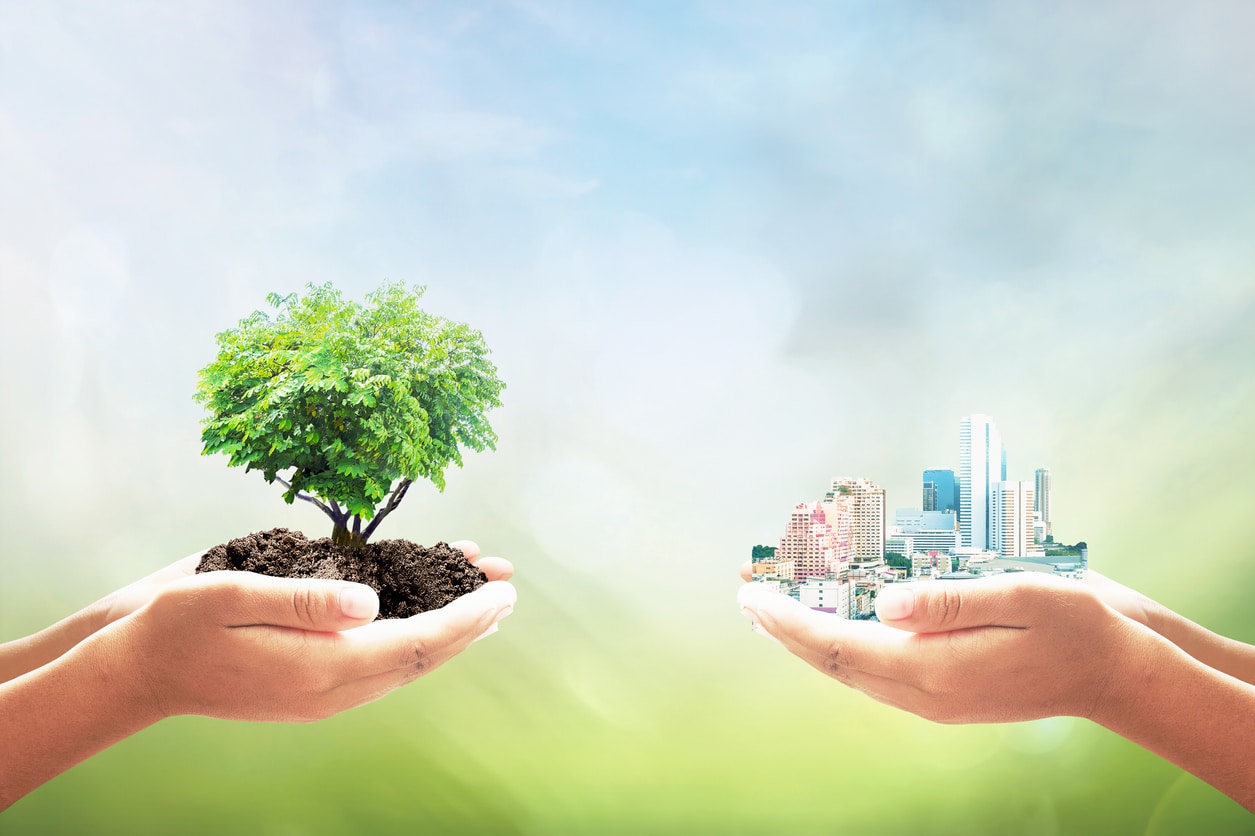
Incorporating Sustainability into Natural Disaster Recovery
A natural disaster can wreak havoc on local communities and leave a trail of destruction in its wake. As we strive to rebuild and recover, adopting sustainable practices to reconstruct communities and strengthen infrastructure against future disasters is essential.
Determine the Damage
Before incorporating any sustainable measures into your recovery plan, it’s vital to conduct a thorough assessment to determine the extent of the damage. Put together a multidisciplinary team of experts, including engineers, environmental scientists, local stakeholders and other relevant bodies, to conduct a comprehensive damage assessment.
This evaluation should encompass infrastructure, ecosystems and socio-economic factors. Assess the structural integrity of buildings and key infrastructure, evaluating the extent of damage to any roads, bridges, buildings and utilities. It’s also crucial to gauge the impact on natural ecosystems, considering factors like soil erosion, water quality and biodiversity loss.
Additionally, experts should conduct socio-economic assessments to understand the effects on communities, including displacement, economic disruptions and access to essential services. This detailed damage assessment lays the groundwork for informed decision-making, guiding the formulation of a recovery strategy to rebuild the community and integrating sustainability measures for long-term resilience.
Gather Community Members
Get the community involved, where you can. Gathering community members to actively participate in the natural disaster recovery process is instrumental in creating resilience and building a stronger, united front.
Begin by organizing community meetings, clearly communicating the shared goal of rebuilding sustainably. Encourage open dialogue to understand individual concerns and unique perspectives. Establish task forces or committees, ensuring representation from diverse community sectors, to gather a variety of skills and insights.
Implement training programs and workshops to empower residents with the knowledge needed for sustainable practices, turning them into active contributors to the recovery effort.
Utilize Sustainable Construction Materials and Practices
When rebuilding after a natural disaster, use sustainable construction materials, like recycled steel and reclaimed wood. Incorporate green building practices, like energy-efficient designs and natural ventilation systems, to reduce the environmental impact of reconstruction.
Consider using these sustainable materials to rebuild the community:
- Bamboo
- Cork
- Straw bales
- Recycled plastic
- Rammed earth
- HempCrete
Consider Renewable Energy Integration
Enhance the resilience of your community by integrating renewable energy resources into the recovery plan. Solar panels, wind turbines and other clean energy solutions reduce reliance on traditional power grids and contribute to long-term sustainability and cost-savings.
Conduct feasibility studies to identify the most suitable renewable energy sources for the community. Collaborate with local energy experts and providers to implement efficient and scalable renewable energy solutions. Renewable sources reduce the community’s dependence on traditional power grids, which can be a long and challenging process to get up and running following a disaster. Renewable sources are much less susceptible to disruptions from natural disasters.
You could also incentivize the adoption of solar panels on homes, community buildings and critical infrastructure, promoting decentralized and clean energy generation.
Establish Community Gardens and Green Spaces
Promote biodiversity and sustainable food sources by establishing community gardens and green spaces in the recovery process. These areas improve mental well-being after a devastating weather event and create a more resilient and environmentally friendly community.
Designate areas for communal gardening, providing residents with a sustainable source of fresh produce. Integrate learning programs on urban farming and sustainable gardening practices, empowering community members with the knowledge to nurture and maintain these green spaces.
Implement Water Conservation Measures
Water scarcity typically follows natural disasters. Mitigate this risk by implementing water conservation measures such as rainwater harvesting systems. Collecting and storing rainwater provides a sustainable and reliable water source while reducing strain on local water supplies.
Additionally, install water-saving features like low-flow toilets and faucets or high-efficiency aerators. Low-flow showerheads can reduce your water consumption by up to 50%, making them a worthwhile investment.
Develop Sustainable Waste Management Practices
Implementing sustainable waste management practices is crucial in minimizing post-disaster environmental degradation. Develop recycling programs, composting and reasonable waste disposal measures to ensure the recovery process doesn’t exacerbate existing environmental challenges.
Consider Eco-Friendly Transportation Solutions
Encourage community members to use eco-friendly transport options during the recovery phase. Invest in public transportation infrastructure, cycling lanes and pedestrian-friendly pathways. This switch reduces the community’s carbon footprint and promotes a healthier and more sustainable lifestyle.
Integrate Green Infrastructure
Incorporate green infrastructure elements like permeable pavements, green roofs and urban forests. These features help reduce stormwater runoff by up to 65%, making it easier to manage the effects of future disasters.
Additionally, green infrastructure, like cool roofs, reduces the heat island effect, enhancing overall environmental quality during the recovery process. Collaboration between landscape architects and urban planners can result in seamlessly integrated green spaces into the rebuilding process, enhancing overall environmental quality.
You’ll need to replace your traditional roof every 25-30 years, which creates plenty of waste. Green roofs can last up to 40 years, making them a long-term investment that’ll benefit the environment and save costs.
Implement Resilient Agriculture Practices
Promote resilient agricultural practices to ensure food security in the aftermath of a natural disaster. Implement crop diversification, soil conservation techniques and agroforestry to build a robust and sustainable agricultural sector.
Initiate educational programs with local farmers, providing training on climate-resilient techniques. Encourage farmers to adopt drought-resistant crops and efficient water management systems to withstand changing environmental conditions.
Prioritize Protecting Local Businesses
Prioritizing the protection of local small businesses in the aftermath of a natural disaster is paramount. These enterprises serve as the lifeblood of the community’s economy, as small businesses provide crucial job opportunities to the residents.
Implement targeted support programs to help affected businesses rebuild, offering financial assistance and low-interest loans. When communities prioritize local enterprises, they ensure the preservation of jobs, preventing long-term economic decline and making it easier to rebuild the community.
Develop Disaster-Resilient Technology
Developing disaster-resilient technology is a proactive step against future severe weather incidents. Integrate solutions like early warning signs, sensor networks and smart infrastructure. These technologies enhance the community’s ability to respond swiftly to impending disasters, reducing human and environmental impact.
Collaborate with technological innovators to design and implement cutting-edge solutions — especially if your region is especially prone to natural disasters. These technologies provide real-time data crucial for effective disaster management.
Implementing these strategies allows communities to enhance their adaptive capacities and strengthen their overall preparedness. This investment facilitates a much more efficient response to crises and sets the foundation for a technologically advanced and resilient future, where technology is the cornerstone in protecting communities against the unpredictable impacts of natural disasters.
Build Your Community Back Better
Your community can rebuild what was lost and lay the foundation for a more resilient and environmentally conscious future. Sustainability is more than a choice — it ensures the well-being of communities facing the challenges of natural disasters and makes them more resilient when dealing with future disasters.




Post a comment